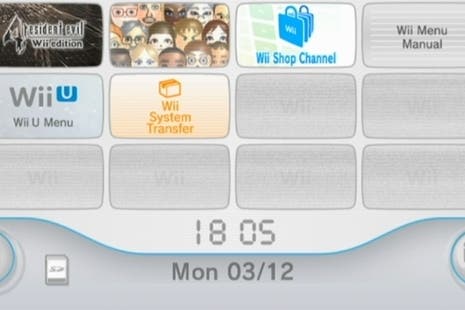Wii U hardware back-compat penalises PAL gamers
Fewer options, bugged AV outputs - Digital Foundry investigates.
Sony and Microsoft may have turned their backs on older hardware, but Nintendo's approach with Wii U is refreshingly different. While the new console is capable of running current-gen HD titles, its technical underpinnings are designed in order to fully accommodate hardware backwards compatibility with the vintage 2006 Wii. Any and all Wii titles and peripherals run with the new hardware. Sadly though it's not all good news - because in our testing we found a number of display-related issues that may might persuade die-hard purists to keep hold of their existing consoles.
First impressions suggest that we are indeed getting the full hardware back-compat experience, with the added advantage that for the first time players are able to run their Wii games via the digitally lossless precision offered by an HDMI output. But it's also fair to say that this is pretty much the only advantage offered by the new hardware - and even then the experience may be sub-optimal for some owing to the locked limited-range RGB output, which produces washed-out colours on many displays.
We tested out back-compat on a PAL Wii U unit with two very different test games. First up, Resident Evil 4 Wii Edition - chosen for no other reason than its 480p/PAL60 support. Adding to the appeal was the fact we'd never played it and a used price of just £4 was the icing on the cake. This was joined by Platinum Games' celebrated MadWorld, a fantastic, insane piece of ultra-violence that we picked up second-hand for just £2 (both titles sourced from UK store Cash Converters, for those interested). We opted for this one because the original game featured no progressive scan support whatsoever - a bordered 576i was the only option - and we were keen to see what the Wii U's progressive-only HDMI output would do when confronted with interlaced material.
The results are intriguing. On a PAL unit, where 480p and PAL60 were supported in the original games, Wii U automatically opts for this set-up on HDMI - whether the user wants it or not. While we think it's a logical way to proceed, the fact is that some Wii gamers prefer to utilise 576i. PAL-optimised titles may take a hit to frame-rate, but they make up for it with around 17 per cent more resolution. What is clear is that the choices users had on their older hardware have been taken away from them on Wii U when there's absolutely no reason that the software couldn't have been designed to keep everyone happy.
"Important AV options are omitted from the Wii menu, with the PAL console unable to upscale to HD resolutions or run in progressive scan over component - an issue that doesn't seem to impact NTSC hardware."
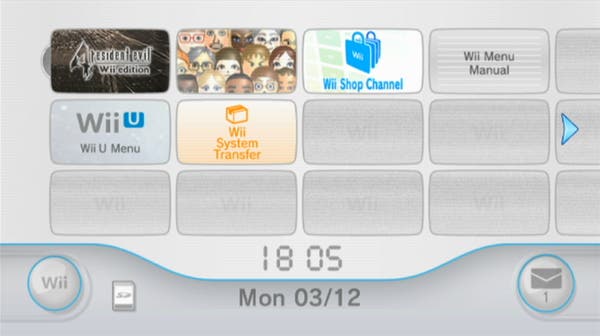
The situation is also curious for titles where this is no progressive scan support in the original software at all. Despite the system settings being locked to 480p, the Wii runs these 576i titles at 576p at 50Hz, deinterlacing the output on the fly. The overall quality of the deinterlacing isn't too bad at all, but, similar to hardware back-compat PlayStation 3s, there is some noticeable shimmering on fine detail where the interpolation doesn't quite produce the right result. Games like MadWorld - which have no resolution boost - remain letterboxed and in a squashed aspect ratio, even though fairly simple code could have been introduced to check for PAL borders and re-scale the image accordingly.
Overall, despite the limited-range RGB issue and the fact that you can't choose between 60Hz or PAL optimisations, Wii back-compat via HDMI works pretty well. Having ascertained that, we decided to try the component output in order to sample back-compat without the limited-range RGB issues presented by the digital output. However, we found that the display settings options in the PAL Wii U system menu appear to have absolutely no impact on the output the unit produces when switching into back-compat mode. On our UK unit, we were lumbered with 576i only - no PAL60, no 480p, both of which were supported in the original Wii hardware. We weren't able to fully test this out on our NTSC unit owing to a lack of software (though we have a test game en route with our Canadian Wii Mini review unit) but the Wii menu itself scales up to HD resolutions via component so we have little doubt that games are supported too. Bizarrely, non-HDMI PAL users are penalised for reasons we can't quite fathom.
Other back-compat issues surface when dealing with the Virtual Console. For starters, transferring purchases across from the Wii to the Wii U is a bizarrely involved procedure. The process involves downloading the transfer tool on both your Wii U and the old Wii. You then have to prepare the SD card (with at least 512MB of space on it) on the Wii U and then insert it into the old console. The transfer tool then copies all of your data (Miis, purchase history, downloads, save games) to the SD card. You then have to put it back in the Wii U and copy all of the data back over. Weirdly, you need to have internet access in order to complete the process. One of our colleagues was hugely frustrated by always failing at the last stage of this drawn-out operation, with the Wii U itself offering no explanation whatsoever for what the issue may have been, and network issues turned out to be the problem. Also a little irritating is that despite shipping a console with 32GB of flash, onboard Wii storage limits are the same palty 512MB we had to put up with on the original hardware.
"As expected, there's no magical native HD resolution rendering in HDMI mode, but the upscaling from 480p and conversion of 576i games is handled fairly well."



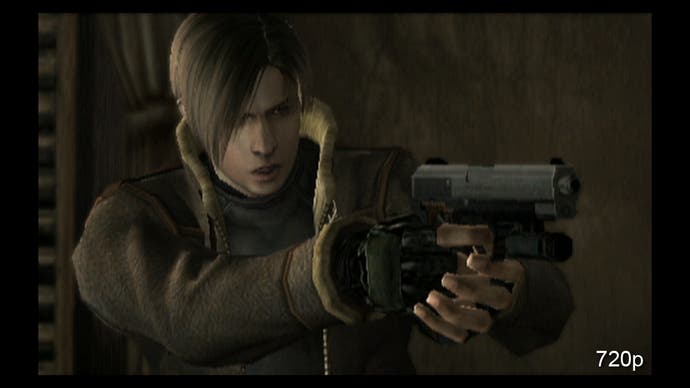
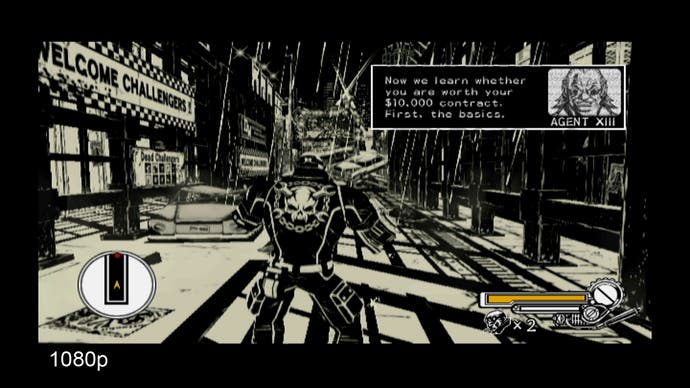
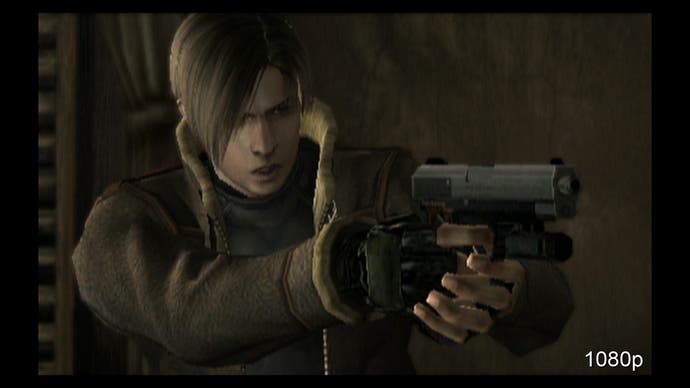
A couple of further words of advice - bear in mind that the Wii U may have full hardware backwards compatibility with the Wii, but the GameCube is not supported. If you're using the brilliant GameCube controller for your VC titles, you're going to need to go out and buy a Classic Controller or preferably the Classic Controller Pro to play those games on Wii U. Hackers have already managed to boot GC code on the Wii U via a back-compat hack, suggesting that the hardware is perfectly capable of running GameCube titles, but the lack of a physical interface with the old controller is the sticking point. Surprisingly - and annoyingly - there is no support whatsoever for the Wii U GamePad or the Pro Controller on Virtual Console titles, so it comes as no surprise to discover that your retro collection can't be run on the tablet display - a real shame. Instead, Wii U-enabled VC software will be released later and this is set to include GameCube releases.
Bearing in mind how fundamental backwards compatibility is to the overall hardware design of the Wii U, we came away ambivalent and a little disappointed about Nintendo's implementation here. What users get is the absolute bare minimum, with PAL users in particular forced to put up with a number of bizarre issues that we find hard to believe weren't picked up during the initial stages of the OS's development. We can only hope that Nintendo patches this all up sooner rather than later. While they're at it, a full-range RGB option and the ability to run video over HDMI and audio over the AV port would be handy too.
However, frustrations and disappointments aside, we were genuinely surprised at just how cheap second-hand Wii titles are right now - and this offers up an interesting opportunity for owners of the new console who never bought the previous hardware. Look beyond the giant pixels and there's a substantial library of great games you can tap into at phenomenal prices - a highly worthwhile extra that's well worth further investigation for new Wii U owners.
